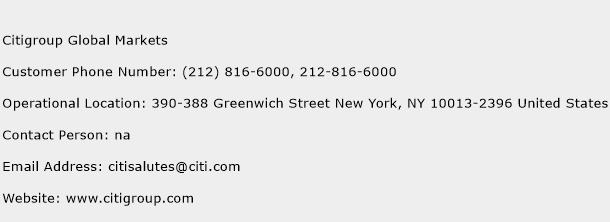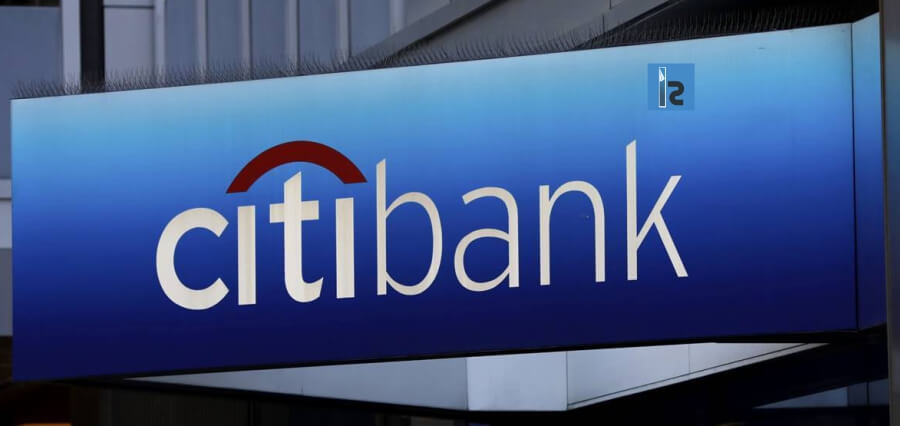

The changes to the business model are readily apparent to consumers, who benefit from expanded services.

And in others, still, startups and established companies have managed to develop convenient applications that more accurately match consumer lifestyles and expectations.Ĭiti has responded to these challenges (and the opportunities underlying them) by altering both its business and operating models. In others-like anonymous virtual currencies and new remittance services-the improvements are generated by utilizing an entirely new technology or software to offer services that solve problems banks are not currently addressing. In many cases-such as peer-to-peer lending platforms and some consumer payment platforms-the gains provided by FinTech challengers are from disintermediating, or eliminating the bank as the middleman at the heart of the financial system. In the consumer banking space, in particular, Citi has begun to develop responses to technological change that, if expanded and enhanced further, can avoid most of the major threats now seen. Across its business lines-from payments services to investment banking to household mortgage lending to traditional deposit-taking and cash management-new technologies have begun to emerge that challenge Citi’s position by offering cheaper, faster, or more convenient alternatives. Citi is among the world’s largest and most globally active financial “supermarkets”, offering a wide range of banking products to consumers and businesses.


 0 kommentar(er)
0 kommentar(er)
